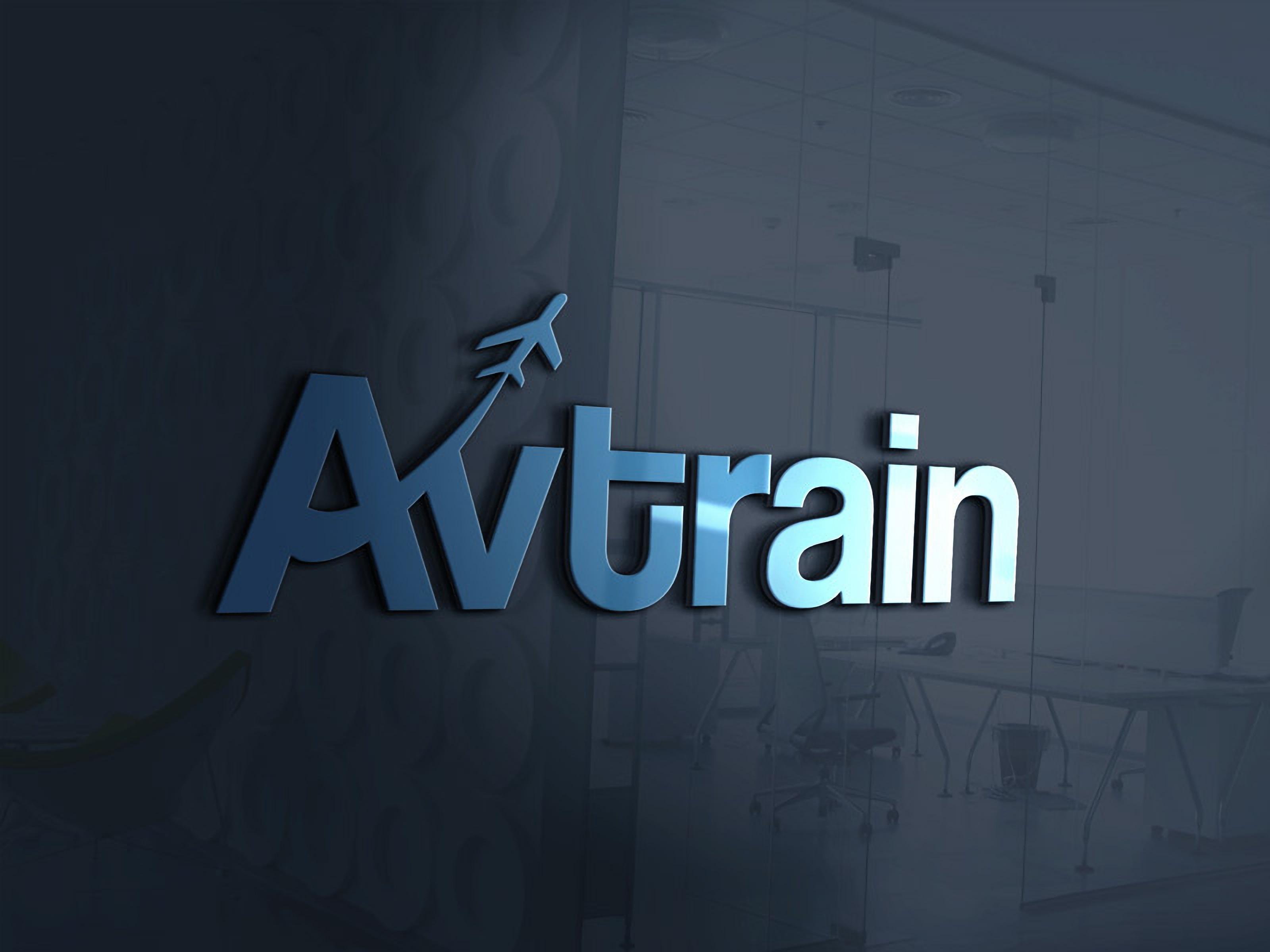
What is EASA Open Category? Category for Low-Risk Drone Operations.
The Open Category is designed for low-risk drone operations that do not require prior authorisation from aviation authorities. This guide outlines the key requirements, operational limitations, and necessary pilot qualifications for safe operation within this category.
General Requirements
General Limitations
- Maximum take-off mass (MTOM) of less than 25 kg
- Visual Line of Sight (VLOS) operations only, except in follow-me mode.
- Maximum height is limited to 120 meters from the closest point of the earth's surface.
- No dangerous goods may be carried.
- No material may be dropped during flights.
- A drone must belong to one of the classes set out in EU Regulation 2019/945 (C0-C4), be privately built, or meet conditions defined in Article 20.
Height Exceptions
- When flying within 50 meters horizontal distance of an artificial obstacle taller than 105 meters, height may be increased up to 15 meters above the obstacle.
- Special derogation for unmanned sailplanes with MTOM less than 10 kg, allowing flights beyond 120 meters while remaining within 120 meters above the remote pilot
Subcategory Classification
Subcategory A1 (Flying Over People)
- Forunmannedaircraft under 250g (class C0 or privately built):
- May fly over uninvolved people (but not over assemblies of people).
- No minimum distance requirements.
- Basic awareness of safety rules is required.
- For UAS under 900g with C1 CIL:
- Must not overfly assemblies of people.
- Reasonably expects that no uninvolved person will be overflown.
- In case of unexpected overflight, a pilot in command must reduce time over uninvolved persons.
Subcategory A2 (Flying Close to People)
- Operating UAS with C2 CIL (weight under 4kg).
- Operations may be conducted near people but at a safe distance.
- Must not overfly uninvolved persons or assemblies of people.
- Minimum horizontal distance of 30 meters from uninvolved people
- This distance can be reduced to 5 meters with active low-speed mode after evaluating:
- Weather conditions
- Aircraft performance
- Segregation of overflown area
- The minimum recommended distance follows the "1:1 rule" (if flying at 30m height, maintain at least 30m horizontal distance)
Subcategory A3 (Flying Far from People)
- Operating UAS with C2-C4 CIL or legacy or privately built drones.
- Operations must be conducted in an area where the remote pilot reasonably expects that no uninvolved person will be endangered within the range where the unmanned aircraft is flown during the entire time of the UAS operation.
- Minimum 150 meters horizontal distance must be kept from residential, commercial, industrial, or recreational areas.
- If uninvolved people unexpectedly enter the area, the remote pilot should adjust or discontinue the operation.
- Only operate in areas where no uninvolved people are present in the range where the drone can be operated.
UAS Operator Responsibilities
Documentation and Procedures
- If multiple remote pilots work in your organisation, you should develop standard operational procedures adapted to the operation type and risk.
- Ensure operations effectively use radio spectrum to avoid harmful interference.
- Designate a remote pilot for each flight.
- Provide personnel with manufacturer's instructions and ensure they have appropriate competency.
- Update geo-awareness information when applicable.
- Ensure proper EU declaration of conformity and class identification labels are present.
Personnel Management
- Ensure all staff are familiar with UAS operator procedures.
- Provide relevant information about geographical zones for the intended operation.
- For operations in A2 or A3, ensure all involved persons are informed of risks and have explicitly agreed to participate.
- For multi-employee operations, maintain a list of personnel and their assigned duties.
Remote Pilot Qualification Requirements
Open Subcategory A1
- For C0/under 250g drones: Familiarity with manufacturer's instructions
- For C1 drones: Online training course and online theoretical knowledge exam with minimum 75% pass mark (40 questions)
- Exam topics include air safety, airspace restrictions, aviation regulation, human performance, operational procedures, UAS knowledge, privacy, insurance, and security.
Coming soon!
Open Subcategory A2
- Complete subcategory A1 requirements (online training and exam)
- Additional self-practical training in A3 conditions
- Declaration of completed self-practical training
- Additional theoretical examination (minimum 30 questions) with 75% pass mark
- Additional exam topics include meteorology, UAS flight performance, and ground risk mitigation.
Sign up for this training course here.
Open Subcategory A3
- Online training course and theoretical knowledge exam (same as A1)
- Familiarity with manufacturer's instructions.
Coming soon!
Technical Requirements
Aircraft Class Identification Labels (CIL) and main characteristics:
- C0: Under 250g, maximum speed 19 m/s
- C1: Under 900g or less than 80 Joules impact energy, maximum speed 19 m/s, equipped with direct remote ID and geo-awareness
- C2: Under 4kg, equipped with direct remote ID, geo-awareness, and low-speed mode.
- C3: Under 25kg, maximum characteristic dimension of less than 3m, equipped with direct remote ID and geo-awareness.
- C4: Under 25kg, must include manufacturer's instructions.
Modifications
- Modifications that breach compliance with product requirements are not permitted.
- Replacement parts for maintenance must comply with the manufacturer's specifications.
- The payload must adhere to the manufacturer's characteristics provided by the manufacturer.
Contact Us Today
Understanding the EASA Open Category requirements is essential for safe and legal drone operations. Our company provides comprehensive training for remote pilots in all subcategories, consultancy services for operational planning, and assistance ensuring regulatory compliance. If you fall out of the Open Category conditions, we can guide you through other available options. Contact us today to learn how we can help you maximise your drone operations within the Open Category framework while fully complying with all requirements.
Further Reading:
When you do not fit with Open Category requirements and limitations.
Want to learn about the Courses and Services Avtrain can provide?
March 19, 2025